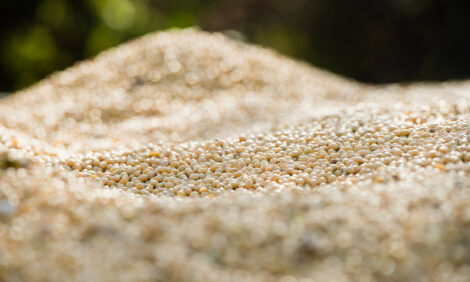



Pork Industry Given a New Chance at Life
US - The country's farmers produce more meat than Americans can eat, but parts of the hog not favored in the US are in demand in Asian markets.The sharp increase in pork exports in 2008 represents an anomaly, and numbers are expected to drop 14 per cent this year because of the global economic downturn and an increase in pork production by China and other importing countries. However, exports are still expected to be significantly higher than in 2007, according to Readingeagle.com.
Joe Schuele, spokesman for the US Meat Export Federation (USMEF), said the "off-the-charts" pork exports in 2008 were propelled by an unusually high demand from China - the result, he said, of a cyclical decline in China's swine herd, disease issues that hurt pork production and a major Sichuan earthquake.
China's increased production isn't expected to hurt US exports significantly. Last year, China accounted for $334 million of the $4.9 billion in US exports. That compared with $1.54 billion from Japan.
As US farmers have expanded sales into other countries, they have changed how they breed, feed, prepare and package hogs in an effort to keep a hold on the overseas market, Readingeagle.com reports.
More than 20 per cent of the pork now consumed in Japan is from the United States. The Japanese prefer leaner cuts for their processed pork and especially like pork loins and butts.
For table cuts, they want high-quality pork that is deep red and firm, with more marbling.
Mexicans favor legs and picnic shoulders; the Chinese prefer variety meats.
USMEF President Philip Seng said pork exported to Japan and China is often sliced into smaller pieces to make it easier to eat with chopsticks. Pork is also sold as deli meat in Japan because of the large number of convenience stores there.
Many countries pay a premium for parts of the hog that aren't in demand among American consumers.






